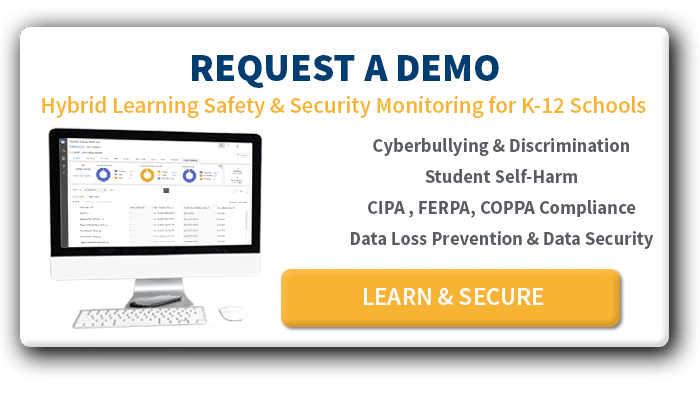by Brandon Paykamian, GovTech
More virtual schooling has meant more network vulnerabilities, and a webinar this week recommended that K-12 districts consider monitoring tools such as ManagedMethods to accomplish what limited IT staff cannot.
In today’s digitized education landscape, Google Workspace, Microsoft 365 and Zoom have emerged as some of the most common tools for remote and hybrid learning. They have also created new network vulnerabilities in schools already scrambling to stay one step ahead of cyber criminals.
On Friday, the Consortium for School Network hosted a webinar to discuss the problem, featuring Diana Gill, director of technology at East Porter County School Corporation, Indiana; Greg Hogan, network data security coordinator at Bibb County School District, Georgia; and representatives from the K-12 cybersecurity company ManagedMethods, who promoted the use of their IT security platform.
According to the company, the ManagedMethods platform monitors in real time what students and staff are doing inside Google, Microsoft and Zoom. The company says the program, used by about 1.5 million people in 1,500 schools, can identify potential data leaks, scan district communications for inappropriate content and monitor emails for telltale signs of malware attacks and phishing.
Gill and Hogan said the tool has helped identify vulnerabilities in their districts that could have resulted in identity theft through email communications, email scams and vectors for ransomware attacks. For understaffed IT departments, Hogan said, the platform feels like having a staff of 10 to 15 people searching for security holes to plug.
“This was a product we didn’t know we needed until we saw it and put it in place,” he said. “It’s given us insight at a layer and a level that we didn’t know we could see, and it has saved us many, many times in numerous situations.”
According to a recent report from the public K-12 Cybersecurity Resource Center, U.S. public schools reported over 400 cyber incidents in 2020, representing an 18 percent increase over 2019. Almost half of those involved emerging threats such as video conferencing breaches and disruptive invasions of virtual classrooms by unauthorized users.

